Your students know their letter sounds – but can they read 2-3 consonants together in a blend? Consonant blends can be difficult for students to master, and even more difficult for teachers to think of new ways to teach them.
In this post, I have a video (and transcript, if you prefer to read) about how to help students struggling with consonant blends. In the video, I explain what blends are, how they’re different from digraphs, and model specific instructional activities you can use to teach or review blends!
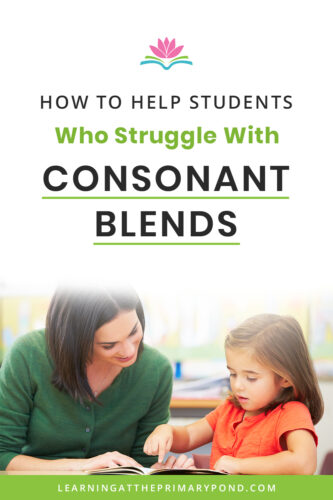
Watch the video to learn about how to help students struggling with consonant blends!
Transcript if you prefer to read:
Hey, I’m Alison from Learning At The Primary Pond. I’m a literacy specialist. And in this video, I’m going to give you some tricks to help your students who may struggle with consonant blends. And honestly, these are helpful for any students, not just your kiddos who are struggling. I’ll also clarify what a consonant blend is and how it’s different from a digraph. If you haven’t subscribed to my channel yet, make sure you hit subscribe. And then also hit the little bell so that you don’t miss any of the literacy teaching videos that I post.
All right. So first of all, before we get into these little tips and strategies. What is a consonant blend? Well, sometimes they’re also called consonant clusters. It can be two or three consonants that come before or after the vowel in a word. So like the word last, the ST is the ending consonant blend. Or if you think about the word spring, the SPR at the beginning of spring is a consonant blend. And the letters in a consonant blend retain their sounds. So, for example, in the word flag, you can still hear the F and L, right, in the word flag? It’s not like a digraph. In a digraph like SH, sh, as in ship, you don’t hear the individual sounds of the S and the H, they work together to make a new sound. That’s different from blends. In blends you still hear the individual sounds. Okay. So that’s what a consonant blend is.
Tip number one, and this will help all of your students. Teach blending, not individual blends. Your kids do not need to memorize like, ST says st, and FL says fl. There are a ton of consonant blends out there. And so what you want to do instead of just doing flashcards and having them memorize all of them – I mean, it’s good to practice and increase their fluency – but what you want to do is you just want to teach them how to blend sounds. So if you have the word list, for example, you want them to be able to say l-i-s-t, list, and blend the S and the T together. So you want to give them lots of practice with words with consonant blends, but you don’t need for them to memorize every single blend. They just need the skill of blending. So that will help all of your kiddos.
Another thing that will help all of your kiddos, but will be especially important for your little ones who struggle with consonant blends, is that you want to start them with pictures and sounds before you actually introduce words for reading and writing. So what I will do typically, is if I know that we’re going to be working on consonant blends soon, I will begin doing little oral exercises where the kids have to blend sounds. So, for example, if I say, I don’t know what, like, l-a-s-t, the kids have to say last. Or maybe I will say flag and the kids have to say, f-l-a-g, flag. So we’ll work with sounds for a couple of weeks. We’re not reading any words. We’re not writing any words with consonant blends. I’m just preparing them to be ready for it when we finally do.
So once we’re finally starting to work with blends and we’re bringing in some letters, I like to do picture sorts. So this is very simple. It just has some L blends up here. We’ve got BL, CL, and FL, and then there are pictures that start with the different blends. So you’re just training them to hear the blend at the beginning of the different words. You could also have them label the words, using their blend knowledge and invented spelling. But a very good beginning point is literally just getting them to sort them where they go and hear the different blends in the words. So that’s basically where we start. This applies for all students, but it’s especially important for kids who are struggling.
But now, let’s talk about a really common issue that I’ve encountered when working with students who struggle with consonant blends. So you might say the word, let’s just use that “list” example again, and they might say, the sounds are, l-i-s. Or they might say the sounds are, l-i-t, and they miss one of the sounds in the blend. Or you might have them write the word list and they miss the S or the T. They’re not hearing all of the sounds. If you’ve ever worked with a student or student who has that issue, where they’re missing at least one sound or one letter in the blend, in the chat right now, or in the comments, rather, I want you to type the word “yes.” I want to know how many of you have had the same issue with kids who are missing a letter, at least one letter in a consonant blend, because that’s a really common thing.
Okay. So next one is sound boxes. And this is what I think is the most helpful thing for those kids that are struggling and leaving out a sound. So when we are segmenting, which means we’re just working with the sounds, we’re not working with the letters. If your kids are missing a sound, what you can do is give them the word to segment, and either you have this up on the board, or they have their own little sound box strip. And every time they say a sound, they need to either push a counter or just literally touch each box. I feel like touching each box is what works best in this case.
So let’s say that you use the word stop. Well, sometimes what I’ve had kids do is they’ll just say, s-o-p. But because you have four boxes, you are giving them a visual reminder that, hey, there’s going to be four sounds. You’re only giving words with four sounds right now. And so when they say, s-o-p, that’ll give them pause and they will think, hmm, I must have missed a sound, and they’ll go back and try it again. Now it doesn’t mean that they’ll be able to figure out the sound. They still might need your help, but it’s just that reminder of “Hey, there’s supposed to be four sounds in this word. We missed one.”
So I’ve had kids who I’ve had to do this with a ton as far as just practicing the sounds. But then also, when you’re having the kids write words with blends, you can use the same style of box. You can give them paper. And actually my phonics program, From Sounds to Spelling, has paper for you that when you’re dictating words for them to write, they use these sound boxes. And that’s, again, a visual reminder if they missed a sound. So let’s say, for example, they’re supposed to write the word frog. And you have these sound boxes set up. There’s exactly the number of boxes for the sounds. And instead of frog. They write this. Again, this is that visual reminder of “Hey, I’m missing one.” And hopefully, they will be able to break the word apart.
Sometimes I have to say that stretching the word can help. So if they say for frog, f-o-g, sometimes if they say it more slowly, f-r-o-g, that can actually help them hear the R sound that they were missing. So stretching. Segmenting is great, but stretching in this case, is also really helpful. So of course, eventually we want to remove these supports, and they’re not going to need them. But some kids will need them for a while, especially if they’re struggling. And that’s okay. These sound boxes are a really simple way, again, to practice having them segment. No letters whatsoever.
Last is being able to write the word. I say if your kiddos cannot segment a word, then if you dictate that word to them to write “frog,” they’re not going to be able to write it without more support. So that’s why we always start with, as I said, the sounds, the pictures first, before we get into having them read and write words.
Alrighty. So last but not least, the last little tip that we have here is to help them apply their blends knowledge, or their knowledge of how to read words with blends, to decodable text. This is an example of a decodable text for our blends. Do you see how there’s “frogs” and “drum?” This is from, From Sounds to Spelling, my phonics program. And so, the kids are going to read this little text. There’s lots of words for them to practice consonant blends. And then afterward here, it says circle all the R blends in the story. So they’re supposed to go back and then circle the words with R blends.
Another thing you could potentially have them do is, before they read, they could circle or highlight all the words with R blends. That’s an option too, because that then is a reminder when they actually get to the word, hey, I need to pay attention and blend these sounds. So, application to decodables, super important because if kids don’t have an opportunity to apply what they’re learning about, reading words with blends, to actual reading, then what’s the purpose of teaching them about words with blends, right? We always want to bring it back to actual reading and writing.
All right. I hope this was helpful. I do have an in-depth one hour workshop with so many more tips to help you teach phonics in kindergarten, first grade, and second grade. That workshop, again, it’s free, but it goes much more in depth. And there is a professional development certificate and a freebie that you get as well. So there should be a link with this video, look below it or to the side of it or wherever, so that you can get access to that exclusive webinar. If you have any questions, feel free to let me know. Hope this was helpful.
Conclusion
What first may seem like “Well, my students know the sounds, so they should be able to just blend the sounds together!” is far from reality sometimes! Consonant blends appear all over the place, and it’s important to not only expose them to the blends, but also to teach them how to blend.
If you’re interested in learning more about what the science says about teaching phonics, here’s a free online workshop you can join!
And if you’re looking for a resource specific to helping students who are struggling with consonant blends, look no further! My Consonant Blends & Glued Sounds Intervention Pack helps students get up-to-speed with reading and spelling words with beginning and ending consonant blends.
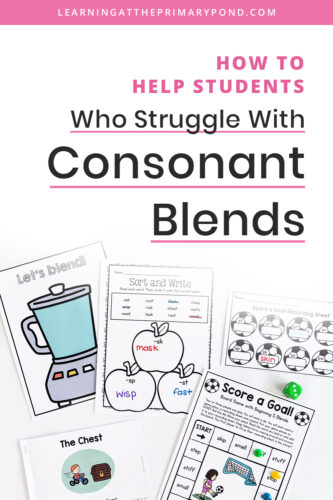
Happy teaching!

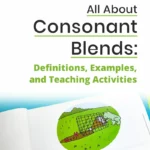
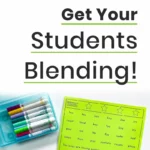

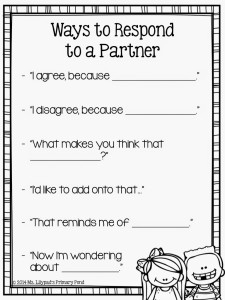
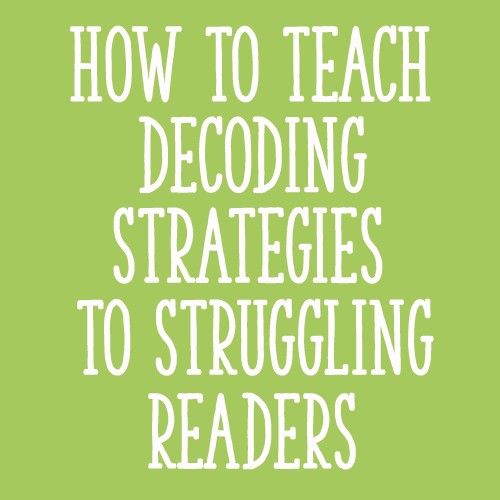
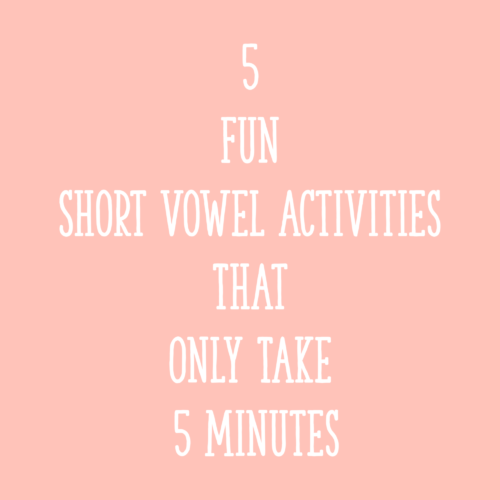






Hi Alison!
this blog post was timed perfectly for me–I’m just starting to teach beginning blends to one of my intervention groups. I completely agree with your approach of having the kids blend sounds orally and then add in the spelling/reading component. Thank you for all of your great ideas and teaching tips:)
-stephanie
Aw, great to hear Stephanie!!
Yes love too
I love all of these tips. I especially like the idea of having a box or coloured tile for each sound. Having students write out the words is something I haven’t done yet. I will definitely apply that strategy in the new year. Thank you, Allison!
Great to hear, Andrea!